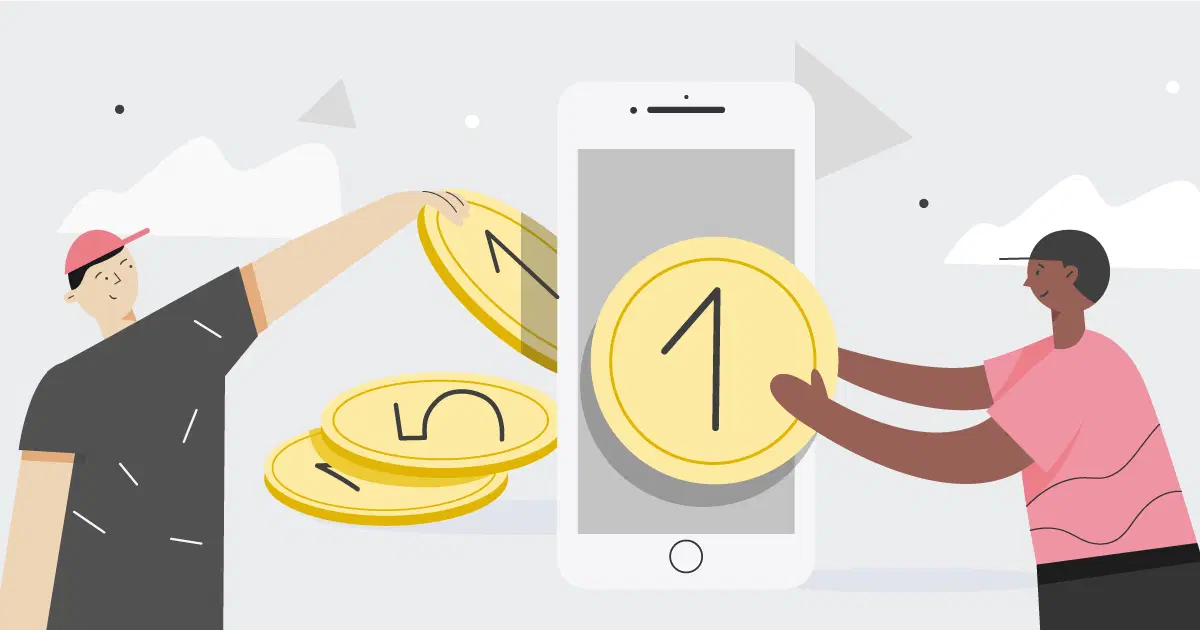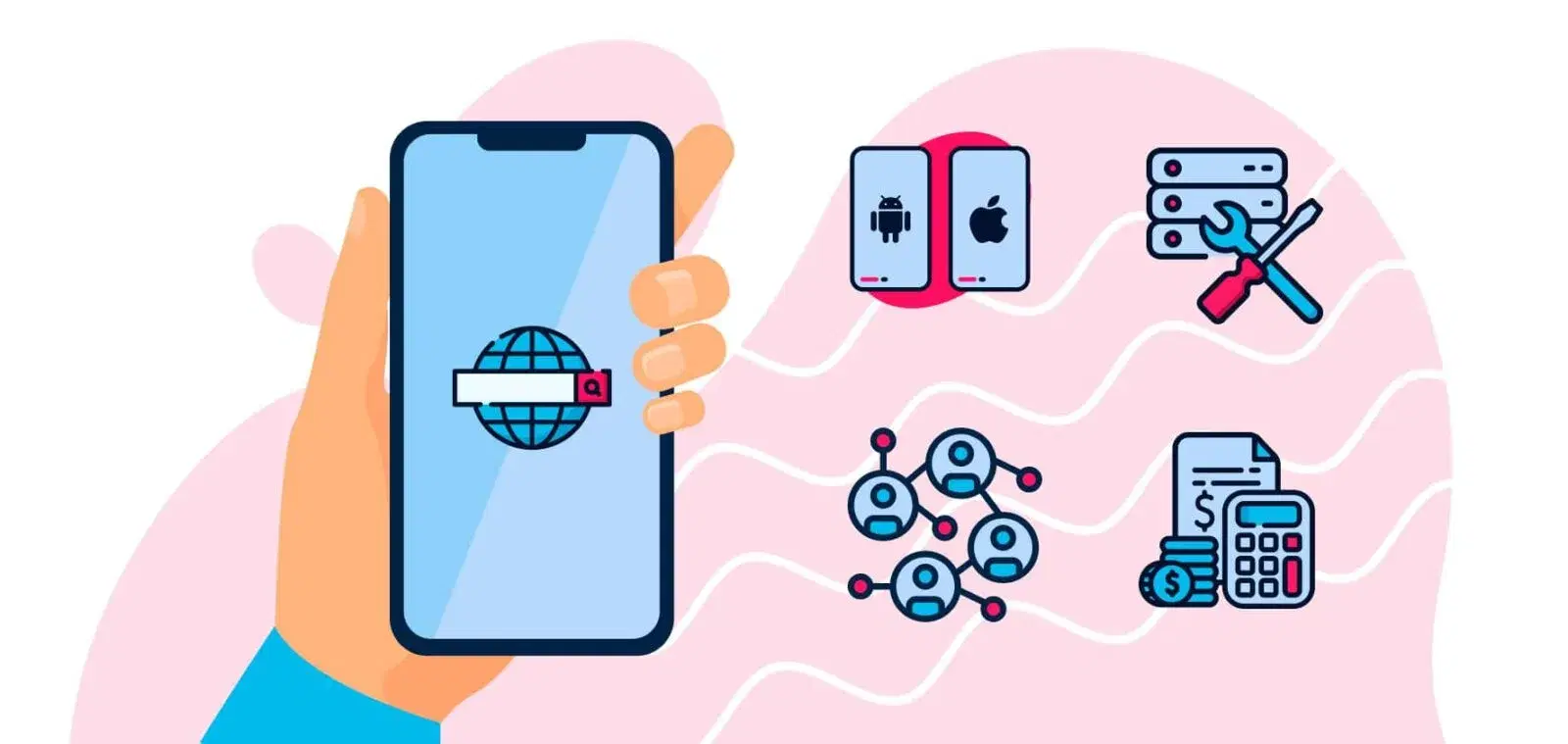Mobile App Monetization: Exploring Different Revenue Models

In the vast and competitive landscape of mobile apps, developers and businesses are constantly seeking effective ways to generate revenue from their creations. With millions of apps available across app stores, the question arises: how can you monetize your mobile app successfully? In this post, we'll delve into various revenue models that can turn your app into a profitable venture.
1. In-App Advertising
Overview: In-app advertising is one of the most common ways to monetize mobile apps. It involves displaying ads within your app's interface.
Pros: This model is accessible and straightforward to implement. It can generate revenue based on impressions, clicks, or even conversions. There are various ad formats to choose from, including banner ads, interstitial ads, and native ads.
Cons: Overloading your app with ads can lead to a poor user experience and even drive users away. Striking the right balance between ads and content is crucial.
2. Freemium Model
Overview: The freemium model offers a basic version of your app for free, while charging users for access to premium features or content.
Pros: This model attracts a larger user base due to the free entry point. Users can then upgrade to premium features, unlocking additional value. It's an effective way to showcase your app's potential before asking for payment.
Cons: Striking the right balance between free and premium content can be challenging. Users might resist paying for premium features if they perceive the free version as sufficient.
3. In-App Purchases
Overview: This model involves offering virtual goods, extra lives, power-ups, or other digital items for purchase within the app.
Pros: In-app purchases cater to engaged users who are willing to spend money to enhance their app experience. It's particularly effective in gaming apps and apps centered around creativity or productivity.
Cons: To succeed, your app needs to provide enticing in-app items that users are willing to pay for. Balancing the cost and value of these items is essential.
4. Subscription Model
Overview: With the subscription model, users pay a recurring fee (monthly or annually) to access your app's premium features or content.
Pros: Subscriptions provide a steady stream of income, ensuring predictable revenue. This model is suitable for apps offering ongoing value, such as streaming services, news platforms, and fitness apps.
Cons: Users might be hesitant to commit to a subscription unless they perceive substantial value. Ensuring a continuous flow of quality content or features is vital.
5. Sponsorships and Partnerships
Overview: Partnering with brands or businesses to promote their products or services within your app is another monetization strategy.
Pros: Sponsorships can provide a significant revenue boost, especially if your app has a niche audience that aligns with potential sponsors. It can also enhance your app's credibility and user trust.
Cons: Finding the right sponsors and maintaining a balance between promotions and user experience can be challenging. Misalignment with your app's core purpose can lead to user dissatisfaction.
Conclusion
Choosing the right revenue model for your mobile app depends on factors such as your app's niche, target audience, and value proposition. Combining multiple revenue models, testing them, and adapting based on user feedback is often the most effective approach. By understanding and implementing these various strategies, you can position your app for success in the competitive world of mobile app monetization.

